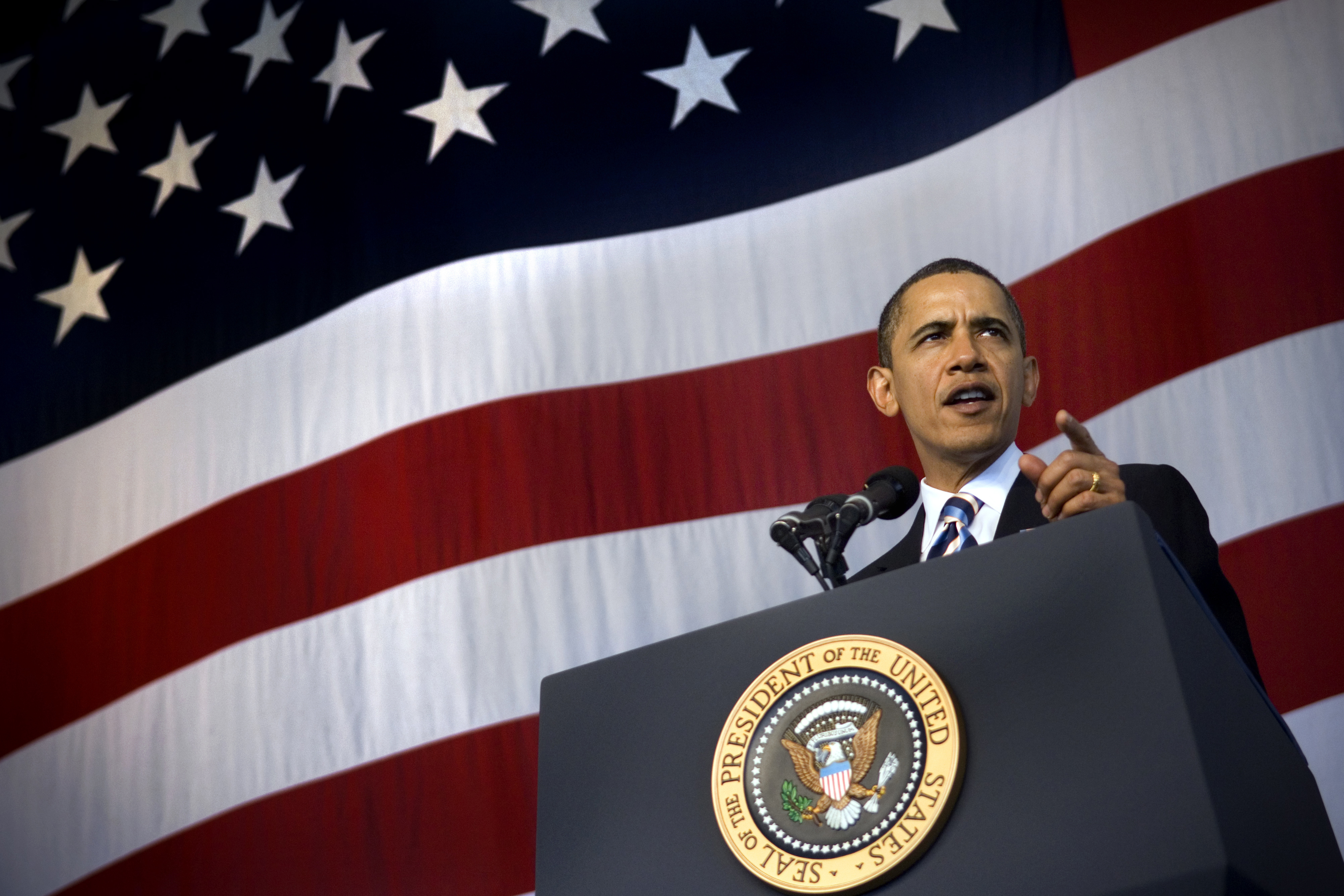Throughout the 2016 campaign trail, candidates have hammered the issue of higher education, particularly on the Democratic side. Hillary Clinton’s plan is a debt-free promise for students at public universities, while Bernie Sanders offers the radical and much-heralded proposal of completely free public university education. More than likely, these plans will be nonstarters in a Republican-controlled House of Representatives. There is little reason to believe that the congressional climate that stymied President Obama will be any different for the next president if he or she is a Democrat.
However, despite criticism from all sides, Obama is not a complete failure on higher education just because his administration did not achieve any proposals that are as radical as those discussed in this election cycle. One achievement that can be built upon in the future is the Education Department’s College Scorecard. The website is intended to disseminate honest and reliable financial outcome information to students and families making decisions about what college to attend. First launched in February 2013, College Scorecard has the potential to grow and be a significant tool in the future.
Having good information is crucial to making a good decision. The horror stories that are discussed in a rhetorical setting could involve debt burdens of more than $100,000 following undergraduate study. These calamities are first and foremost a decision-making error. There is no reason for families of modest means to send their students to the most costly options if there are smarter investments available. If College Scorecard can serve as a free financial adviser to students and families, it will be successful.
While proposals to make university education completely free are a massive overstep, it is clear that past policies have been ineffective or counterproductive. In 2015, economists Grey Gordon and Aaron Hedlund found that the main driver of rising college tuition costs was federal student loan subsidies. While individually, the federal government helping a student finance their education sounds good, colleges know that this financing is available and raise their rates accordingly. This vicious cycle has seemingly played out for decades now.
That is what makes more modest programs like College Scorecard smart. Large government programs such as loan subsidies or the theoretical Sanders plan for free education will suffer from unintended consequences due to their overstep. Helping decision-making by solving an information problem is a more narrowly tailored solution. Sometimes, a less exciting solution is the best option instead of pouring more money into a problem the government helped worsen.
The next president has an opportunity to take College Scorecard further. A standardized annual report, similar to the 10-K that corporations are required to file with the Securities and Exchange Commission, should be the next step. When information about a college’s offerings, true costs and career and graduate school outcomes is presented in an unbiased fashion to stakeholders, a number of positive outcomes can result. These schools will compete harder on price and quality for those families who think of education as an investment. It will pressure schools to think before adding unnecessary administrative programs and passing on the cost to students.
As the Democratic candidates continue to squabble among themselves about how to expand the federal government’s spending on higher education, they should take a minute to appreciate the elegance of the College Scorecard program. It might not be a glamorous program that makes the budget deficit skyrocket, but it has the potential to make a difference. If so, it can be considered a feather in Obama’s often-criticized cap.
Daniel Galitsky is a senior economics and finance major. He can be reached at dgalitskydbk@gmail.com.



